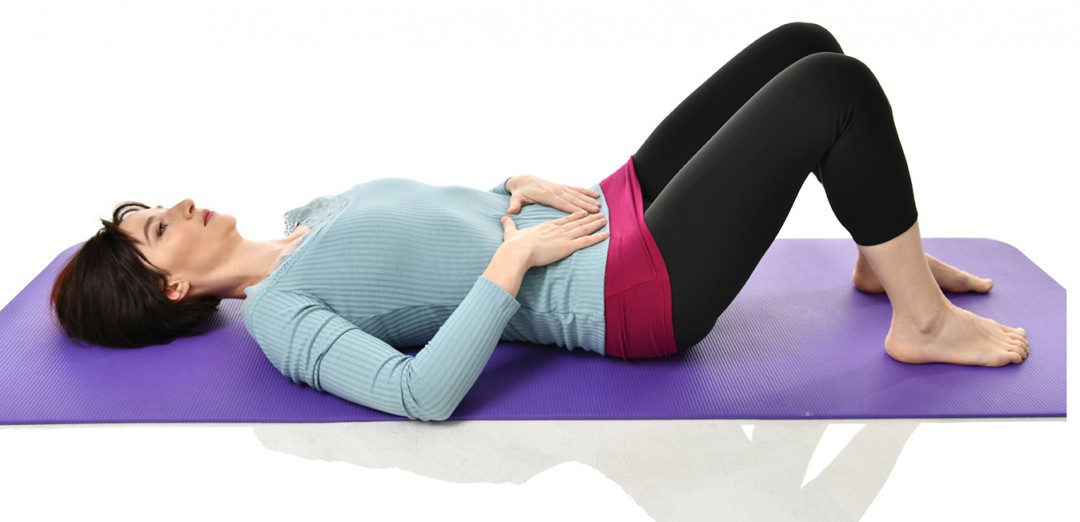By Dr. Aimee Bean, DPT, OCS
Endometriosis is when uterine tissue grows outside of the uterus. It is estimated that 10-15% of reproductive aged women have endometriosis, and up to 70% of women with chronic pelvic pain have endometriosis1. The most common symptoms are pain and infertility. Symptoms generally begin in the teenage years. We do not fully understand the cause of endometriosis, but the most common theory is retrograde menstruation. This is when the uterine tissue is forced out of the uterus from the fallopian tubes and it deposits in the pelvic and abdominal cavity2. We do know there are other factors as well, which include immune response and genetic links.
Endometriosis can be debilitating for women. Some studies show that women can miss up to 10 hours of work per week due to this condition3. A multidisciplinary approach is best when treating endometriosis and it is recommended that pelvic physical therapy be a part of your care team1,3,4.
The pain associated with endometriosis can lead to muscle tension in the pelvic and abdominal wall muscles. Pain is often noticed during pelvic exams, use of tampons, and with intercourse. Pelvic physical therapy can help you improve your muscle awareness, coordination, breathing techniques, and body mechanics, which results in overall improved pain and function5.
Polycystic ovarian syndrome (PCOS) is a similar condition to endometriosis. This is a hormonal condition that causes cysts to form in the ovaries and is associated with severe pain and irregular menstrual bleeding. Like endometriosis, pelvic physical therapy can be helpful in improving your pain and function through improving muscle coordination.
Speak to your doctor if you feel pelvic physical therapy may be helpful for you. We are here to help!
References
- Parasar P, Ozcan P, Terry KL. Endometriosis: Epidemiology, Diagnosis, and Clinical management. Curr Obstet Gynecol Rep. 2017 Mar; 6(1): 34-41. https://www.ncbi.nlm.nih.gov/pmc/articles/PMC5737931/
- Sourial S, Tempest N, Hapangama DK. Theories on the Pathogenesis of Endometriosis. International J of Reprod Med. 2014 Feb; Article ID 179515, 9 pages. https://www.hindawi.com/journals/ijrmed/2014/179515/
- Nnoaham KE et al. Impact of endometriosis on quality of life and work productivity: a multicenter study across ten countries. Fertil Steril. 2011 Aug; 96(2): 366-373. E8. https://www.ncbi.nlm.nih.gov/pmc/articles/PMC3679489/
- Awad E et al. Efficacy of exercise on pelvic pain and posture associated with endometriosis: with subject design. J Phys Ther Sci. 2017 Dec; 29(12): 2112-2115. https://www.ncbi.nlm.nih.gov/pmc/articles/PMC5890212/
- Aredo JV et al. Relating Chronic Pelvic Pain and Endometriosis to Signs of Sensitization and Myofascial Pain and Dysfunction. Semin Reprod Med. 2017 Jan; 35(1): 88-97. https://www.ncbi.nlm.nih.gov/pmc/articles/PMC5585080/
- Faubion SS, Shuster LT, Bharucha AE. Recognition and Management of Nonrelaxing Pelvic Floor Dysfunction. Mayo Clin Proc. 2012 Feb; 87(2): 187-193. https://www.ncbi.nlm.nih.gov/pmc/articles/PMC3498251/
